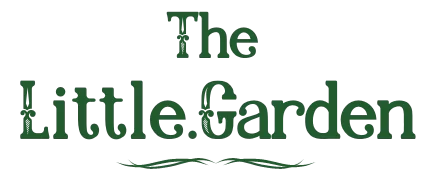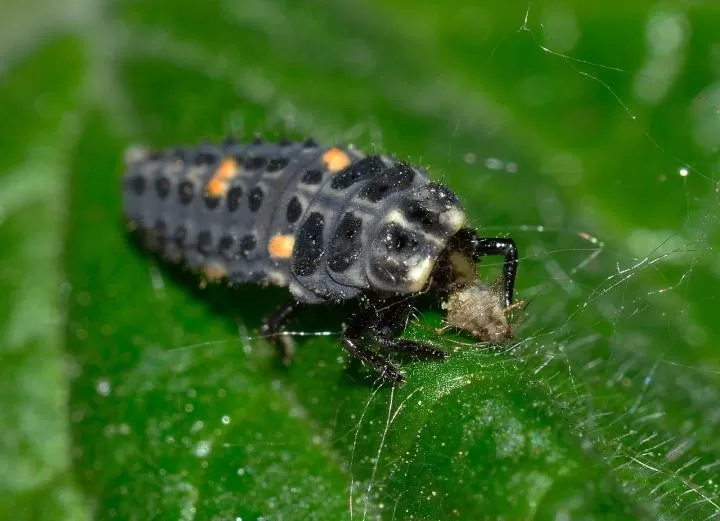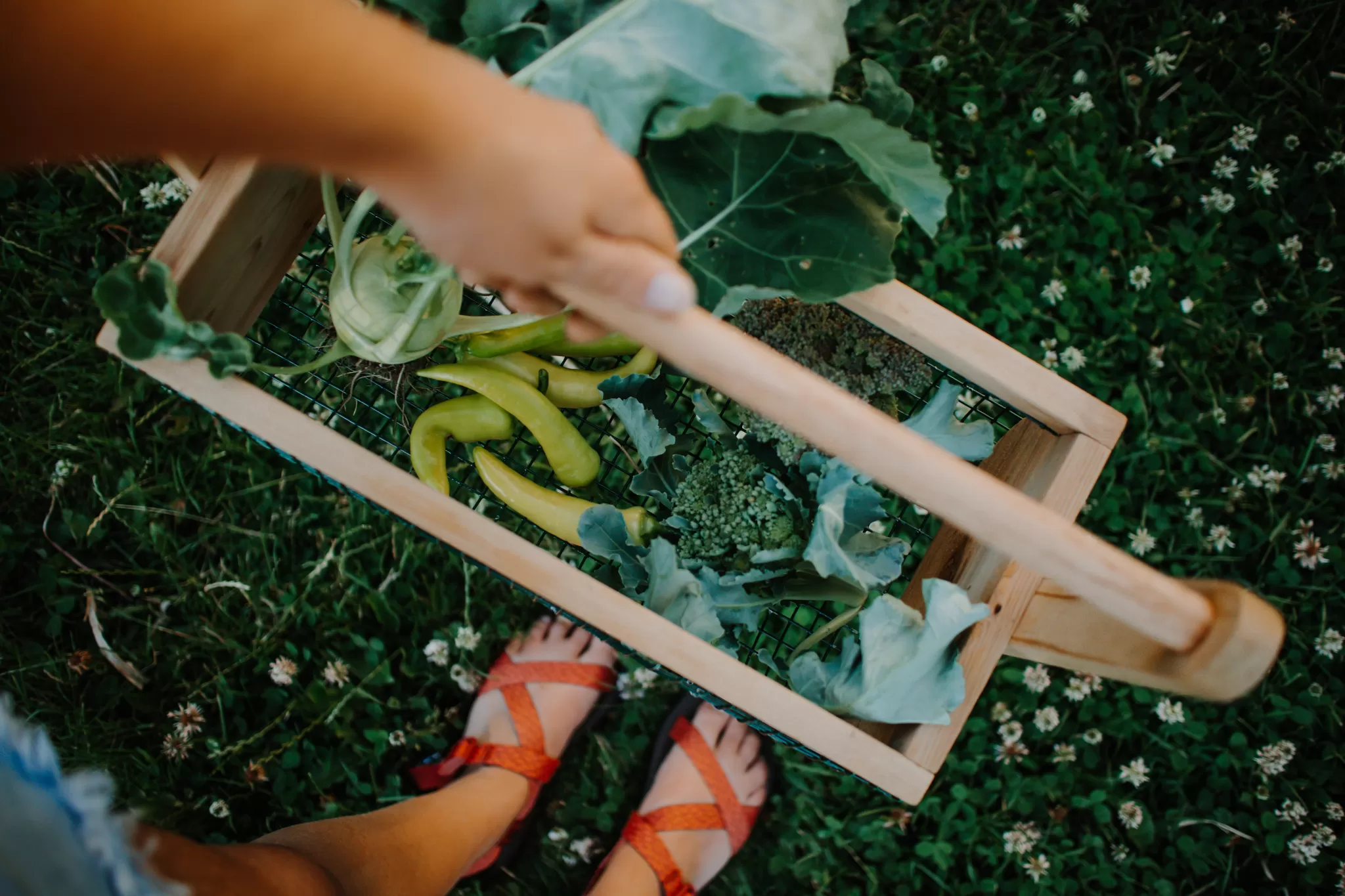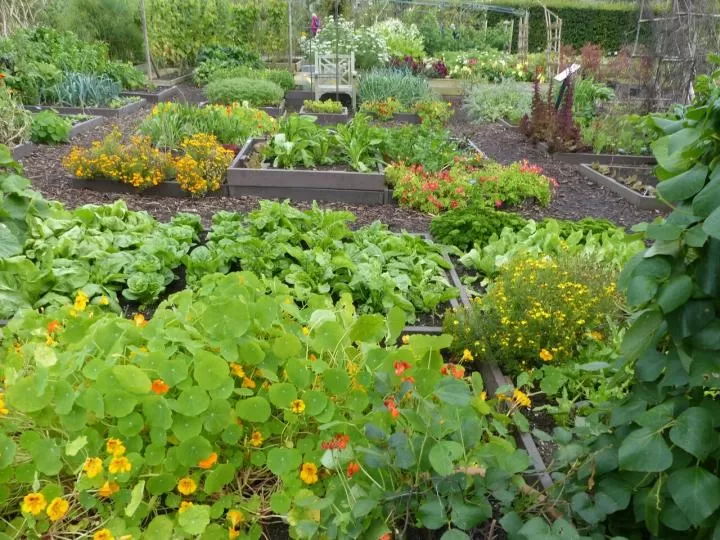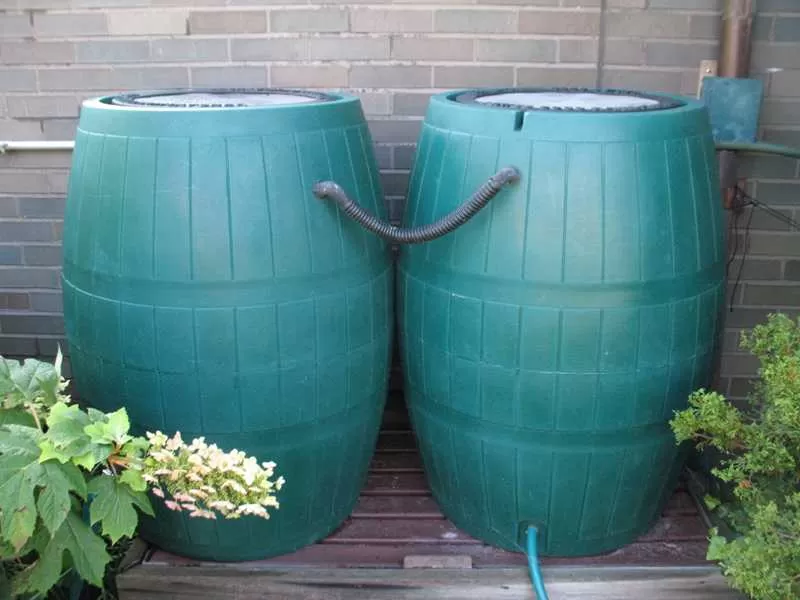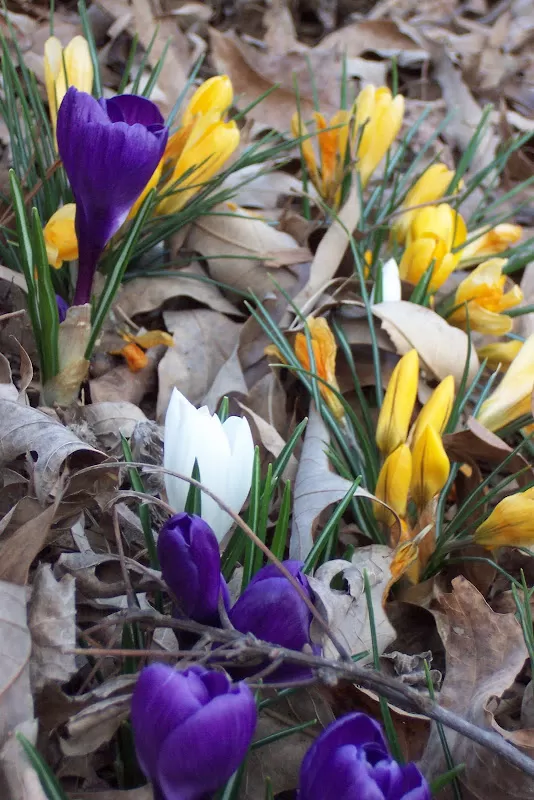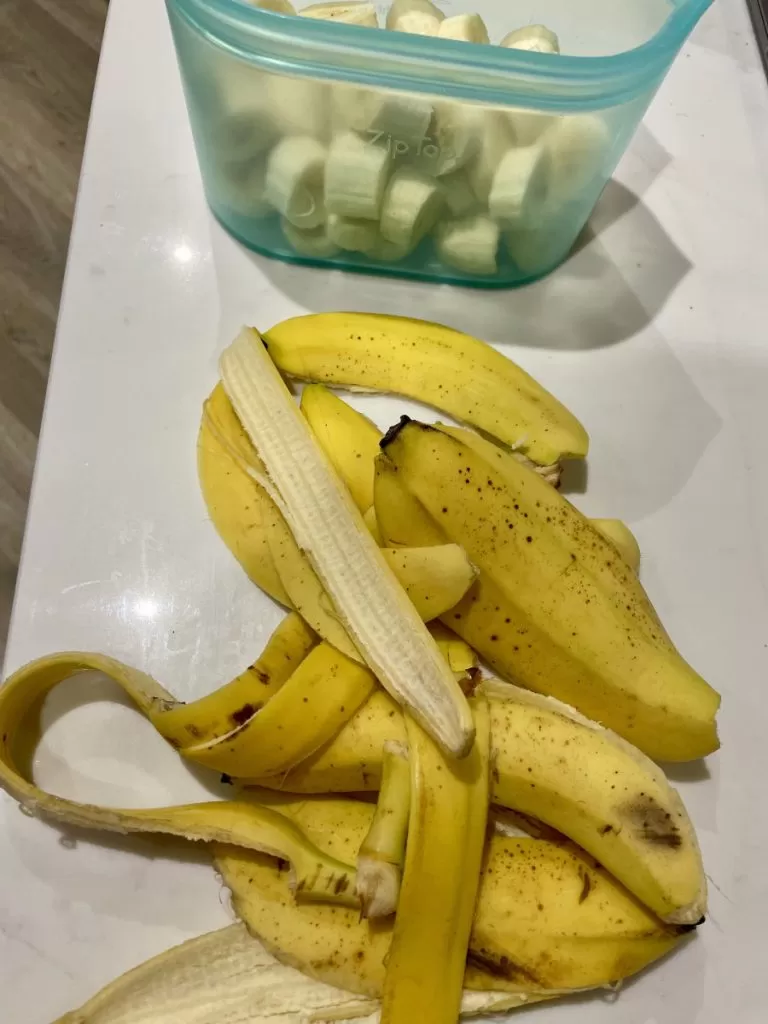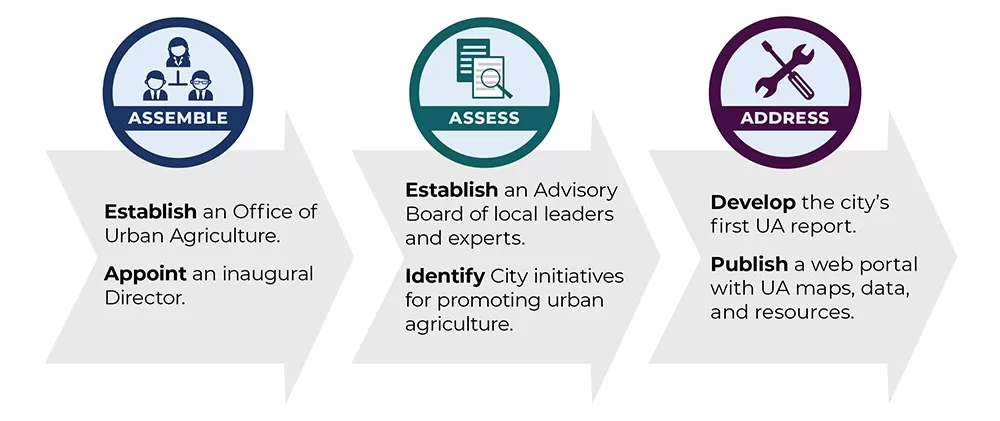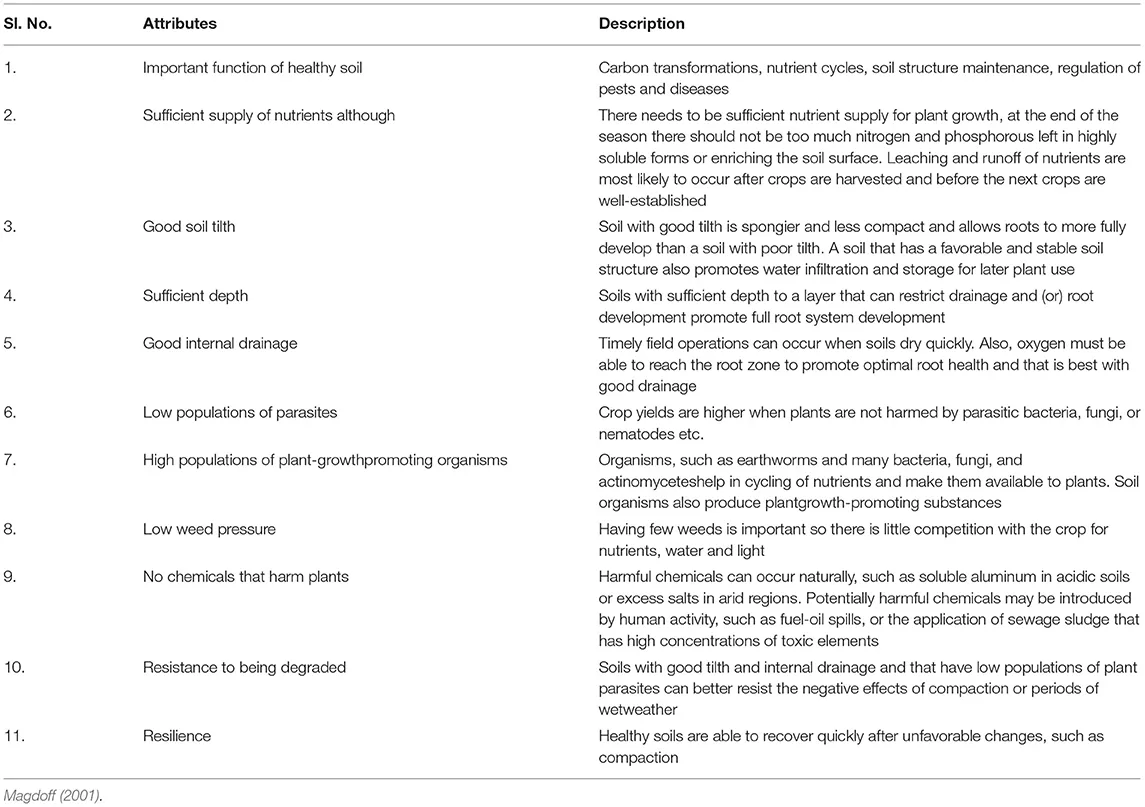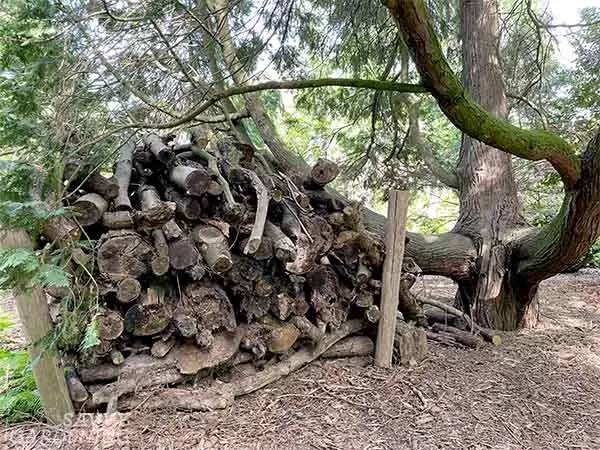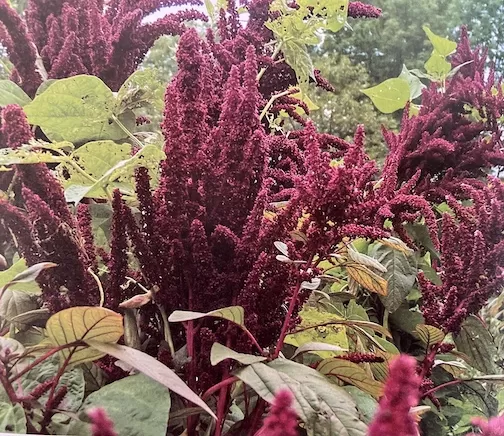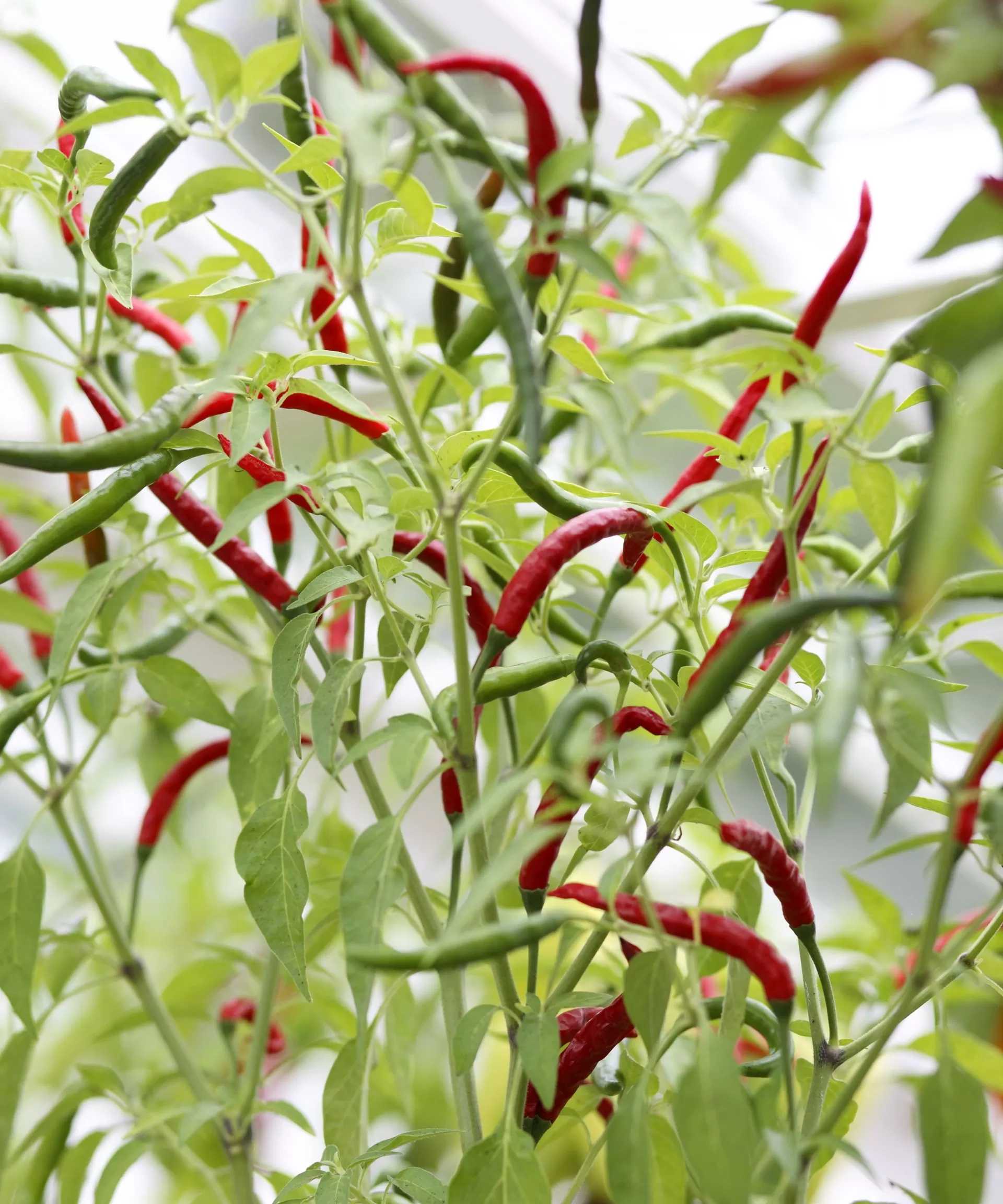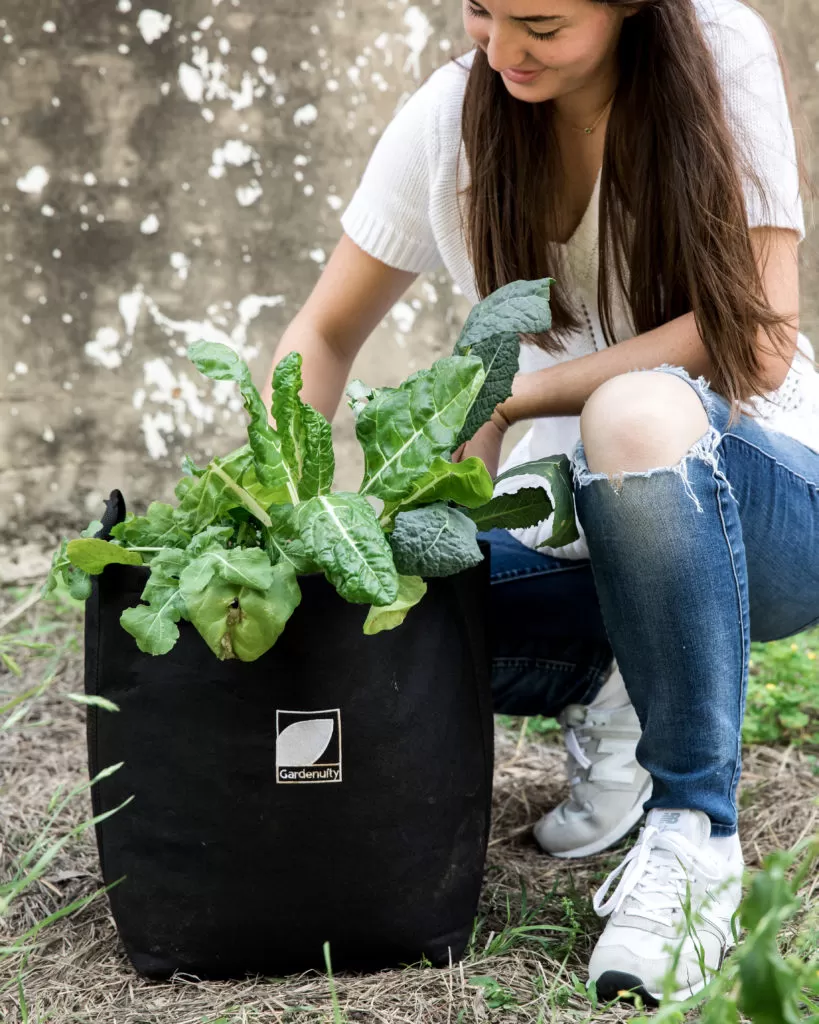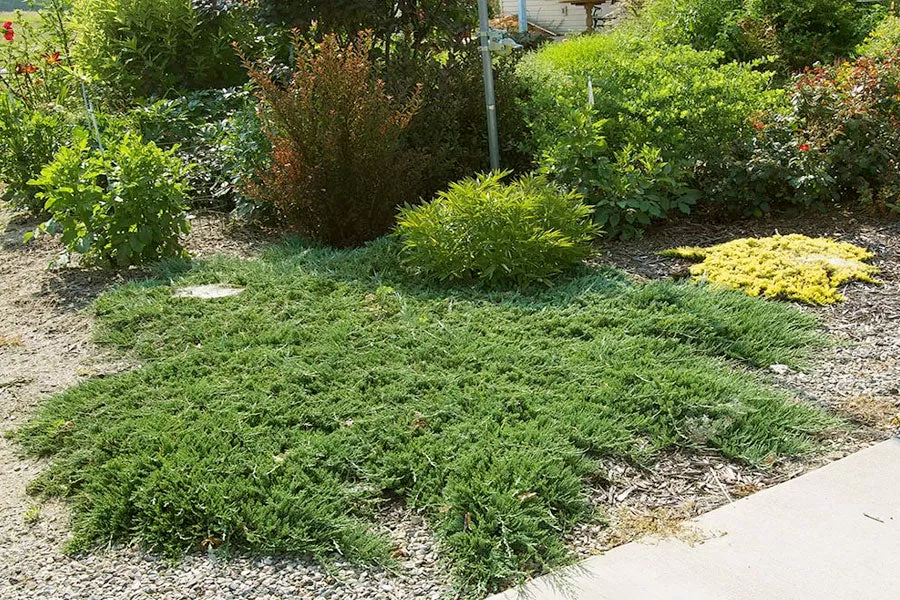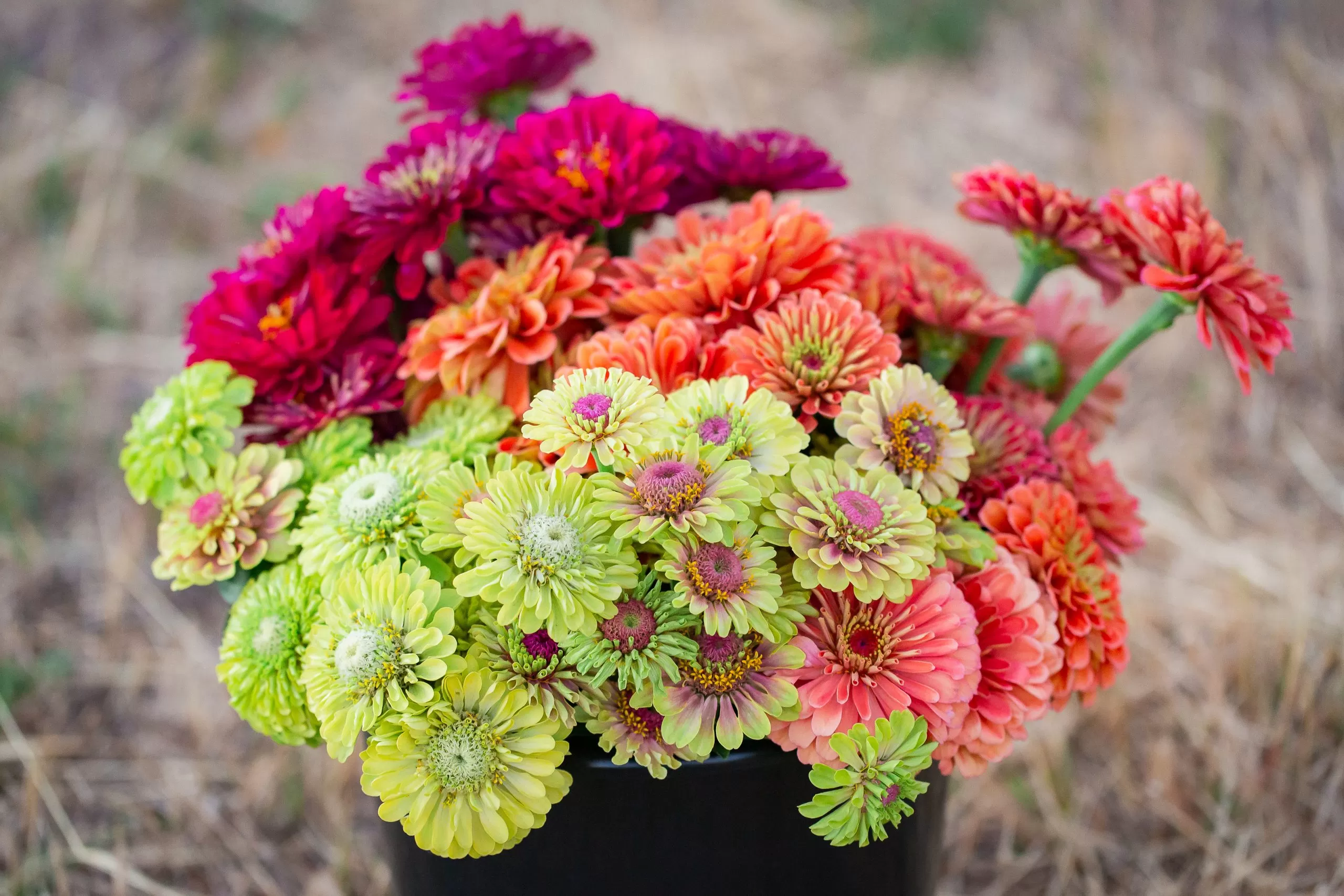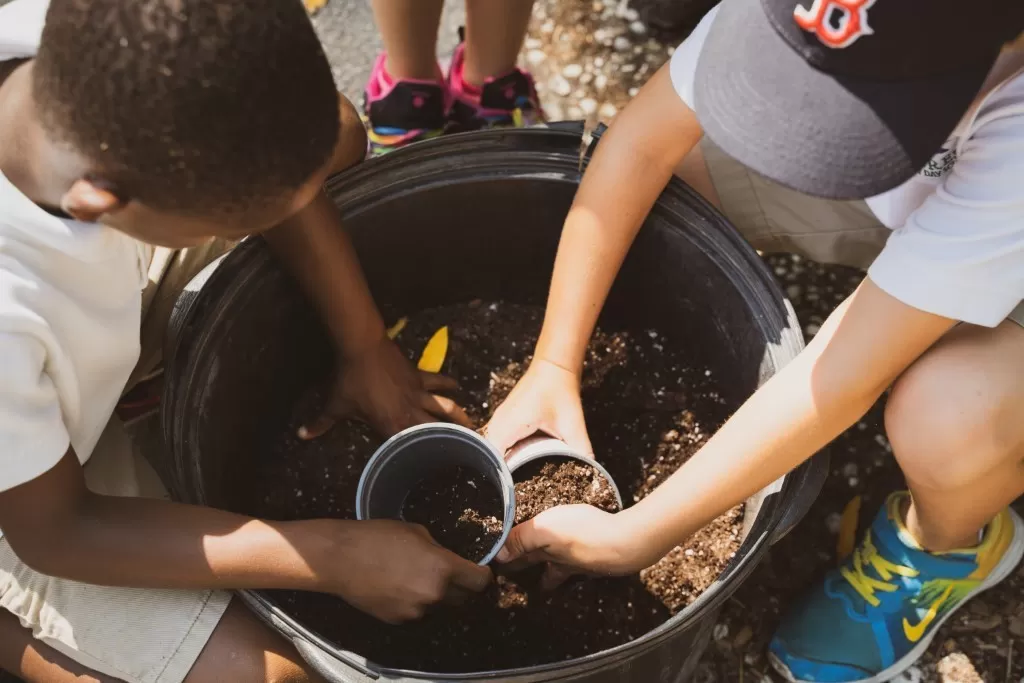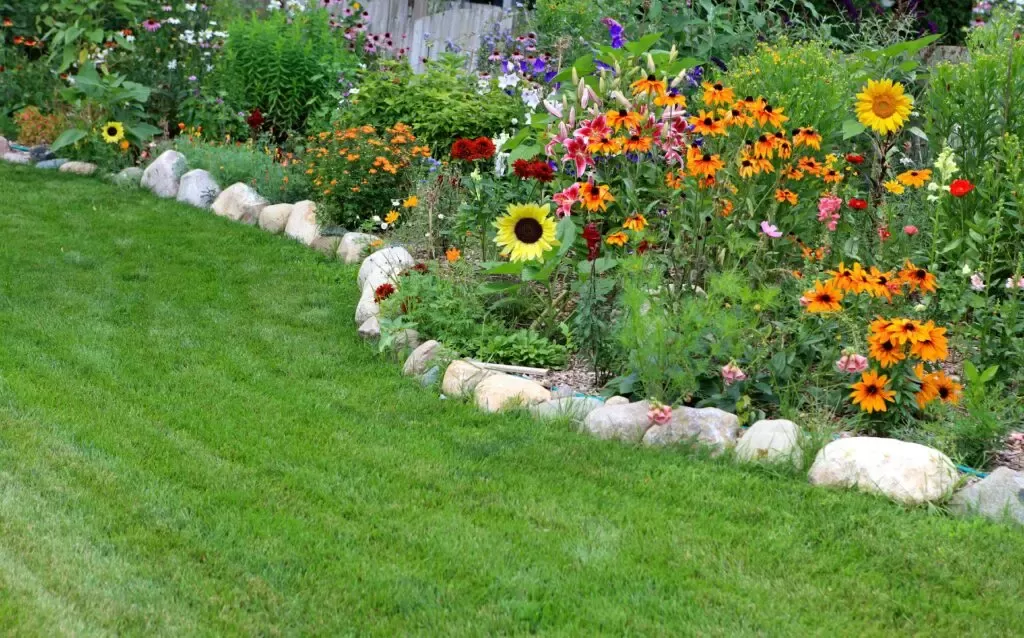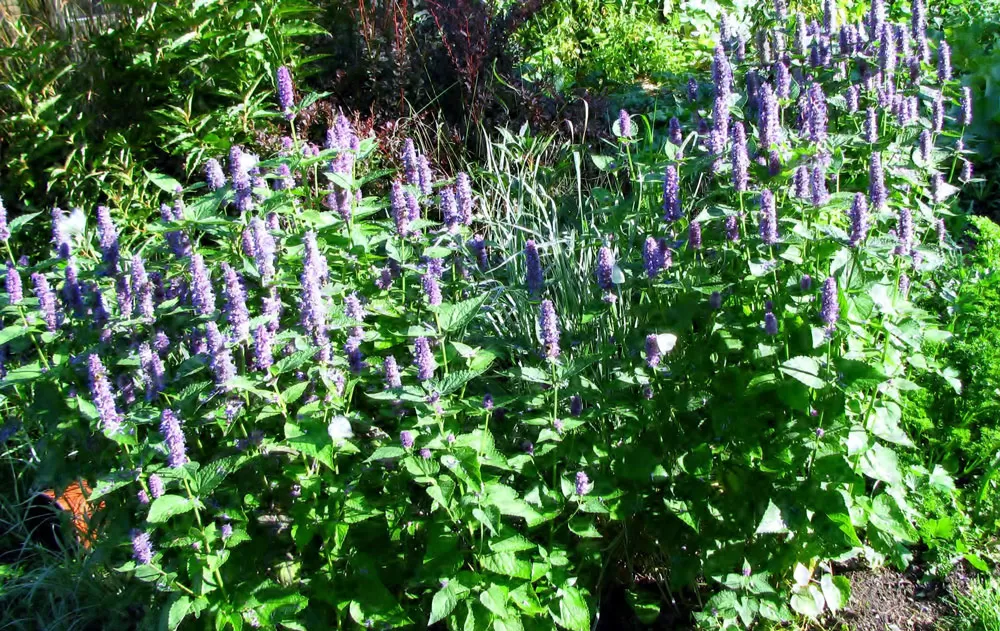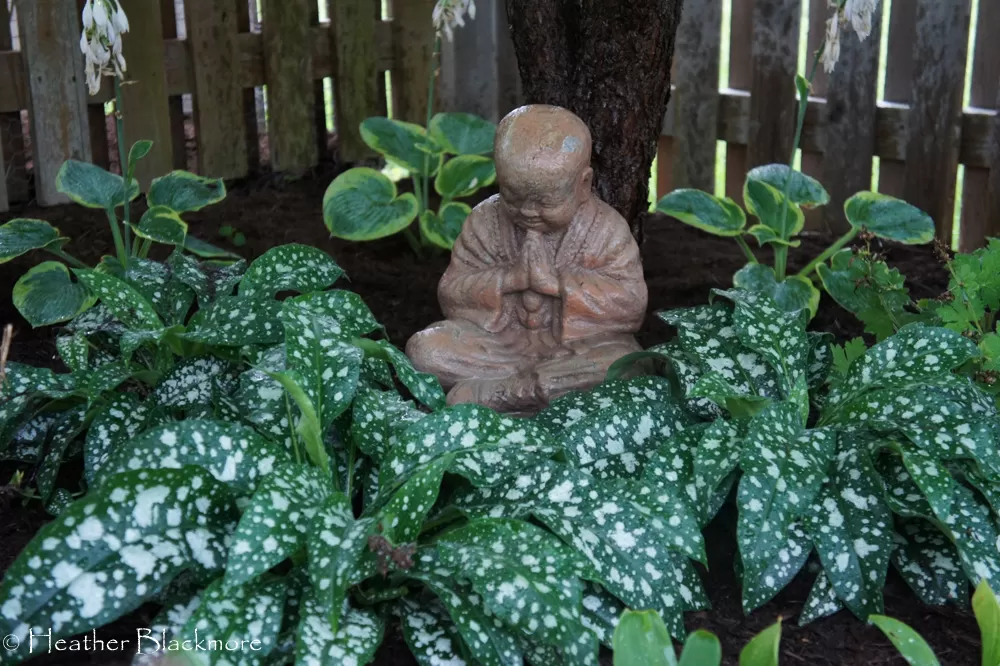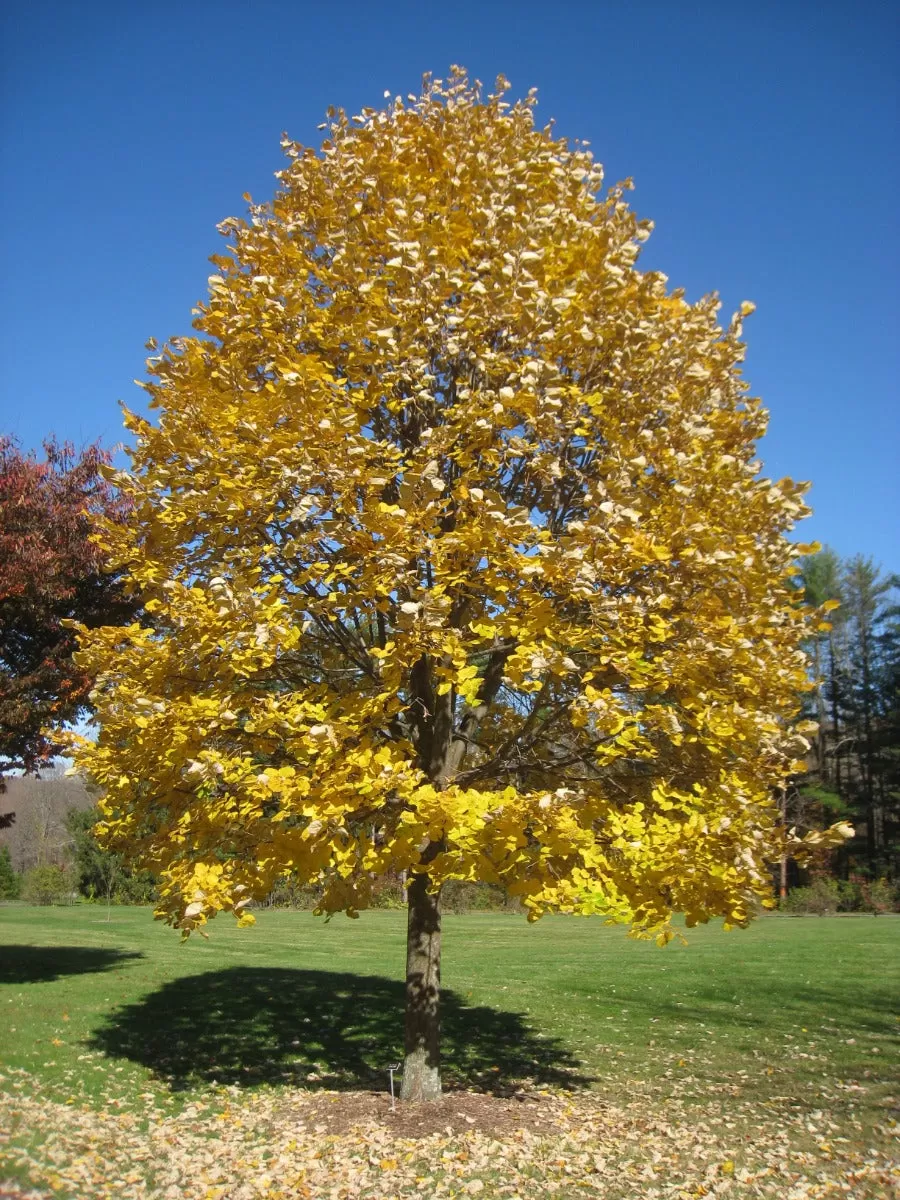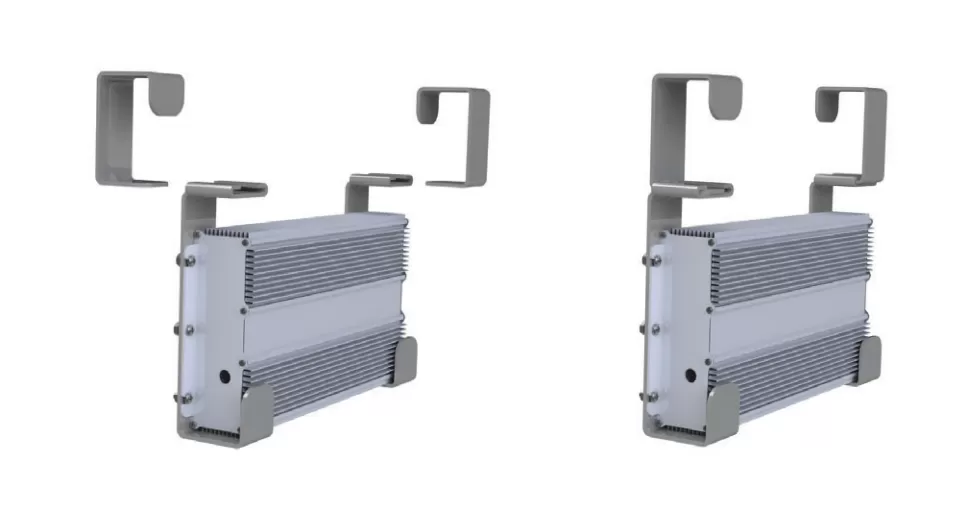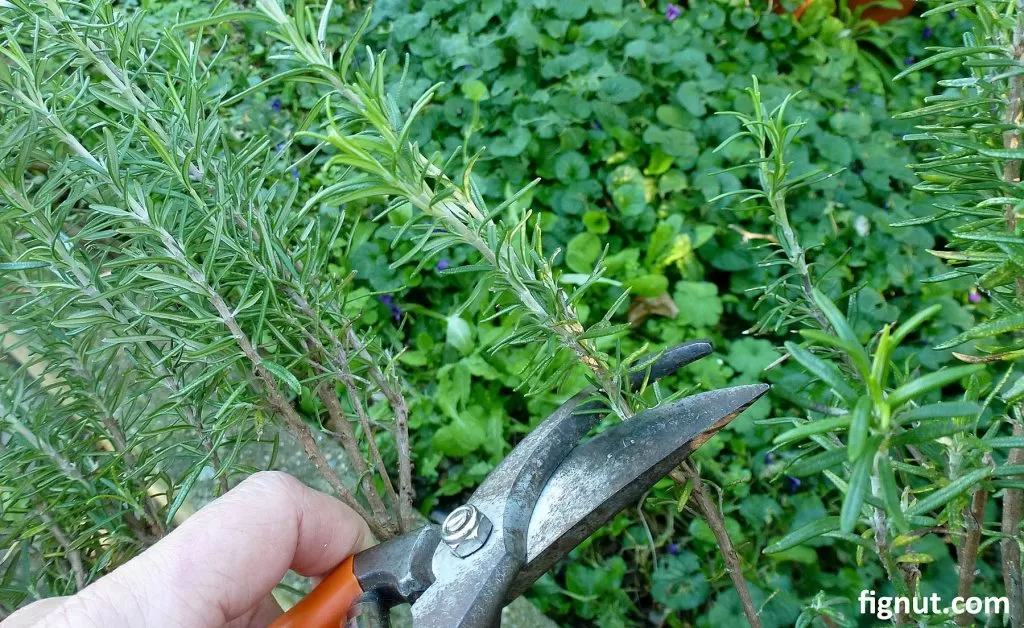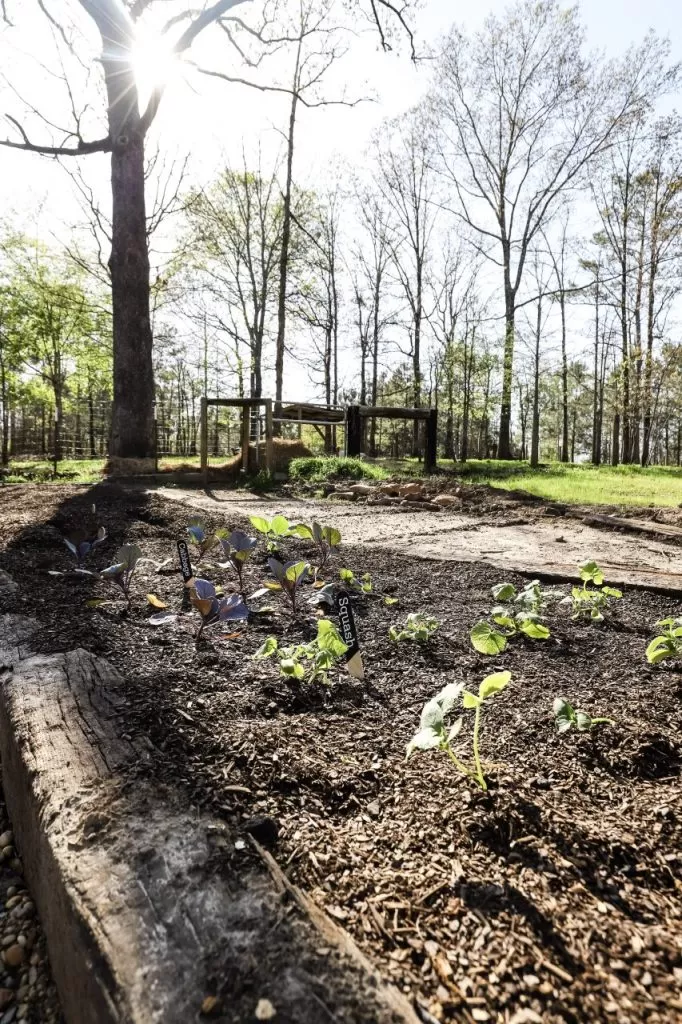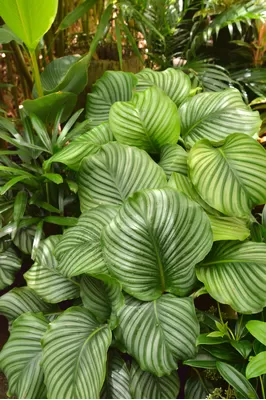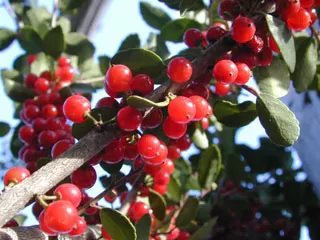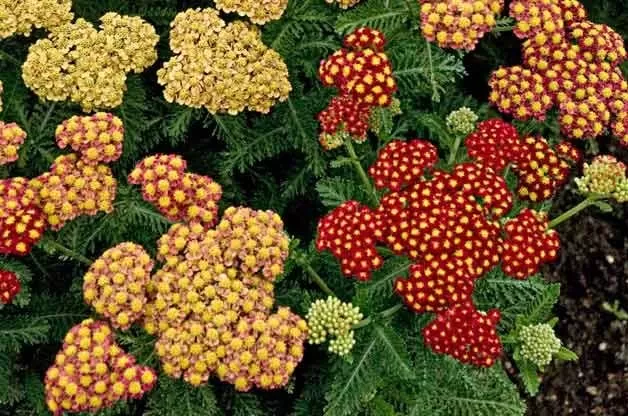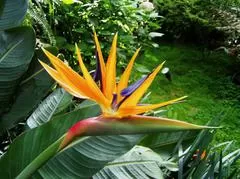Here are the key takeaways for understanding garden seed packets:
- Seed packets are packed with vital information beyond just the plant name.
- Understanding details like seed type, temperature needs, germination time, description, days to harvest, spacing, and disease resistance is crucial for success.
- Choosing varieties suited to your climate and growing season can drastically improve yield and harvest timing.
- Reading the packet correctly empowers you to make informed decisions from sowing to harvest.
Imagine holding a tiny seed packet in your hand – a little promise of future beauty and bounty. But within that small package is a wealth of information that can make or break your gardening season. For years, I struggled with certain crops, particularly tomatoes and peppers, battling short harvest windows or disappointing yields. It felt like a mystery until I realized I wasn’t truly understanding the language of the seed packet itself. Learning the secrets of reading garden seed packets transformed my approach and my garden’s success. If you’ve ever felt overwhelmed standing in front of a wall of options, wondering which tiny packet holds the most potential for your garden, this guide is for you. Let’s decode those packets together!
Contents
The Foundation: Understanding Seed Types
One of the first things to look for on a seed packet is the seed type. You’ll primarily encounter three terms: Heirloom, Open-Pollinated, and Hybrid.
- Heirloom/Heritage: These seeds come from varieties that have been passed down through generations, often prized for their unique flavors, colors, or histories. They are open-pollinated, meaning they are pollinated by natural means (wind, insects) and will produce seeds true to the parent plant if isolated from other varieties. This is key if you plan on saving your own seeds.
- Open-Pollinated: Similar to heirlooms, these varieties produce seeds that will grow true to the parent plant, allowing for seed saving. They haven’t necessarily been passed down for generations like heirlooms, but they share the same stable genetics.
- Hybrid: Marked with an ‘F1’, these seeds are the result of cross-pollinating two different parent plants to create a new variety with desired traits like increased yield, uniformity, or disease resistance. However, seeds saved from hybrids will not grow true to the parent plant, so you’ll need to buy new seeds each year.
Knowing the seed type helps you decide if saving seeds is an option and informs you about the potential characteristics of the plant and its produce.
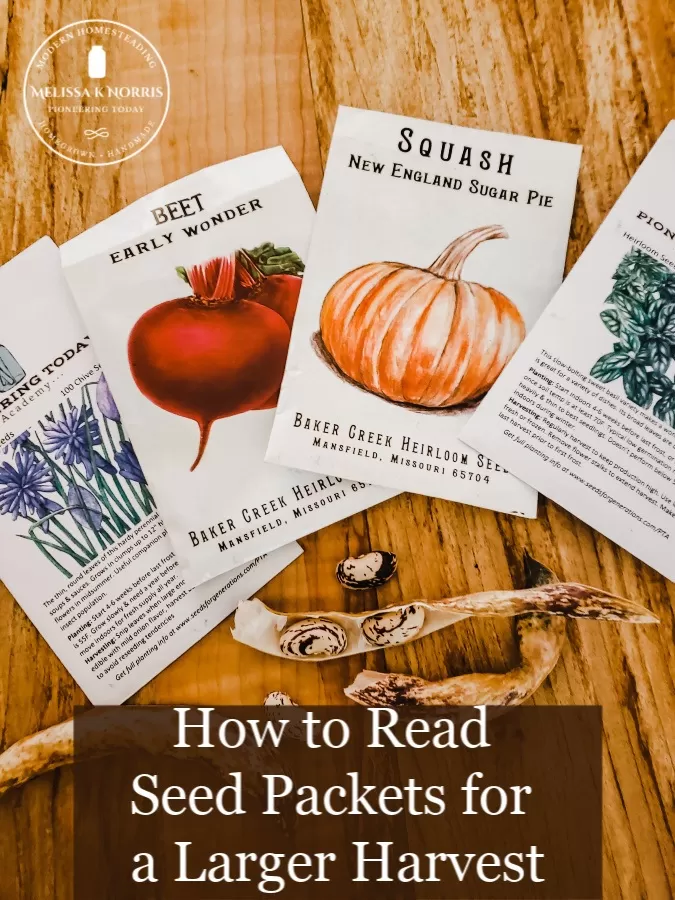 Close-up view of colourful garden seed packets lined up
Close-up view of colourful garden seed packets lined up
Climate and Temperature Clues
Seed packets often provide guidance on ideal growing temperatures or indicate whether a plant is a warm-season or cool-season crop. This is vital for timing your planting correctly based on your local climate and hardiness zone. Planting a warm-season crop too early in cool soil, or a cool-season crop when temperatures are soaring, can lead to poor germination, stunted growth, or bolting (premature flowering). Pay attention to minimum soil temperatures required for germination and optimal growing temperatures.
Days to Germinate: The Waiting Game
This number gives you an average estimate of how many days it will take for the tiny seed to sprout after planting. It’s not an exact science, as soil temperature, moisture, and seed freshness can influence germination time. However, it provides a useful timeframe for when you should start expecting signs of life and helps you gauge if conditions aren’t right if things are taking significantly longer. Seeing those first tiny leaves push through the soil is one of the most rewarding moments!
 Pile of dry bean seeds ready for planting, illustrating seed starting
Pile of dry bean seeds ready for planting, illustrating seed starting
Decoding the Plant Description
Don’t skip the descriptive text! This section offers valuable insights into the plant’s growth habits and characteristics. It might mention if a plant is determinate (bush-like, produces fruit all at once) or indeterminate (vining, produces fruit over a longer period), if it’s compact (great for small spaces), drought-resistant, or particularly well-suited for certain climates (e.g., performs well in cool weather). Reading this carefully helps you choose varieties that fit your available space, growing conditions, and desired harvest pattern.
Days to Harvest: Timing is Everything
Perhaps one of the most critical pieces of information, especially if you have a shorter growing season, is the “Days to Harvest” or “Days to Maturity.” This number indicates the average time from planting (or transplanting, see note below) to the first expected harvest.
If your growing season is limited by late or early frosts, selecting varieties with a shorter “Days to Harvest” number is essential. Even a difference of two weeks between varieties can mean the difference between a successful, abundant harvest and one cut short by the weather.
A crucial distinction: if the packet recommends starting seeds indoors, the “Days to Harvest” number usually refers to the time after you transplant the seedling outdoors, not from the initial indoor sowing date. Pay close attention to whether the instructions are for “Direct Sow” or “Start Indoors.” For crops like tomatoes and peppers, which need a head start indoors in many climates, this distinction is vital for timing your season.
- Tomato (Example Plant Info):
- Scientific Name: Solanum lycopersicum
- Common Name: Tomato
- Zone: Typically grown as an annual in zones 2-10, depending on variety; Perennial in zones 10-11.
- Light: Full Sun (at least 6-8 hours per day)
- Humidity: Prefers moderate humidity.
- Water: Consistent moisture is key, especially when fruiting. Avoid water stress.
Spacing for Success
The packet will provide recommended spacing between plants and between rows. Ignoring this guidance can lead to overcrowded plants that compete for light, water, and nutrients, resulting in reduced yields and increased susceptibility to pests and diseases. Proper spacing ensures good air circulation and allows each plant room to reach its full potential. Even vining plants often have compact varieties available, and the description coupled with spacing info will guide your decision.
Dealing with Pests and Diseases
Some modern seed packets indicate if a variety has specific resistance to common pests or diseases, often using codes or simply stating “disease resistant” or “resistant to [specific disease, e.g., Blight]”. While not a guarantee the plant will never encounter issues, choosing resistant varieties can significantly reduce problems and the need for interventions, leading to a healthier, more productive garden.
 Lush summer vegetable garden rows with corn, tomatoes in a high tunnel, and vining plants on an archway, demonstrating successful growth
Lush summer vegetable garden rows with corn, tomatoes in a high tunnel, and vining plants on an archway, demonstrating successful growth
Bringing it All Together
Learning to read and understand the information on your garden seed packet is an empowering step in your gardening journey. It’s like getting a personalized guide straight from the plant itself! By paying attention to seed type, temperature needs, germination time, description, days to harvest, spacing, and disease resistance, you can make informed choices that dramatically increase your chances of a thriving, productive garden.
Don’t let those little packets be a mystery anymore. Embrace the knowledge they hold and sow with confidence this season!
What’s the most surprising thing you learned from reading a seed packet? Share your thoughts in the comments below! And if you found this guide helpful, please share it with your fellow garden enthusiasts. Happy planting from The Little Garden!
